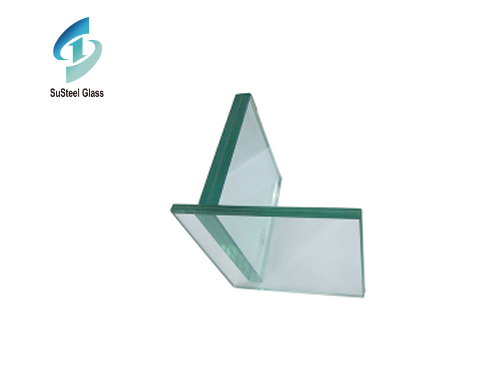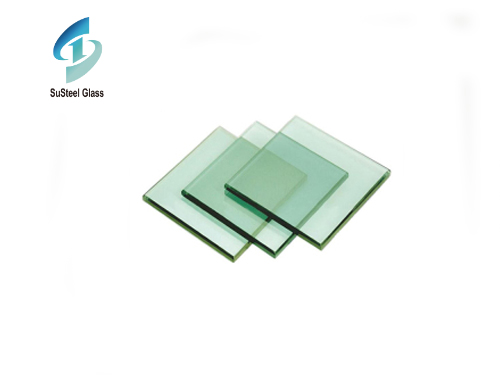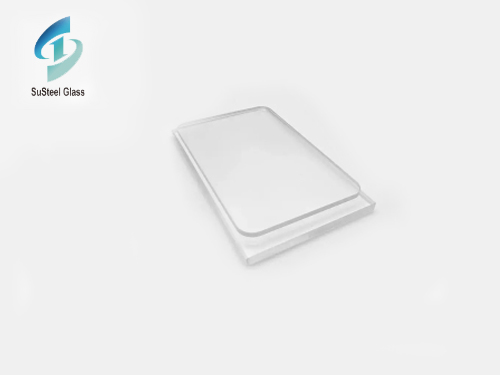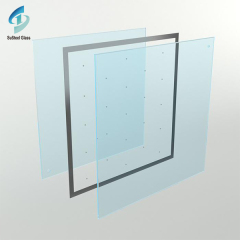
Float glass is widely used in people's life at present, accounting for more than 90 percent of the total category of glass production. As the basic building materials in the world of building glass, float glass will also produce some problems when using broken glass in the production process. The following is the matters needing attention in the production process.
The refractory material in the melting kiln will be eroded by the glass liquid, which increases the proportion of Al₂O₃ and Fe₂O₃ in the broken glass. After remelting, there will be secondary accumulation, which increases the difficulty of homogenization and darkens the color of the finished float glass.
Broken glass after remelting, boron oxide, zinc oxide, lead oxide, alkali metal oxide and other volatile components will be secondary volatilization, for example, sodium oxide after remelting will be 0.20% less than before, so it should be supplemented.
The difference between the surface of glass fragments and their internal components: there are many broken bonds on the surface of broken glass, which will quickly absorb the atmosphere and water, form a surface colloidal state, and then cause the difference between the surface and internal components. If the effective convection in the melting process is less or the melting temperature is low, the finished glass will appear line marks, chemically more active glass is more likely to appear these problems. When the amount of glass fragments is too much, the three factors mentioned above are the reasons for the uneven structure and the smaller hardness and brittleness of the finished glass.
Reduction performance of remelting process glass: remelting broken glass, some volatile components will release oxygen, after the oxygen to broken glass will have glass liquid overflow, and then make the glass produces a reducing, in this case, some delay elements contained in the composition of the glass, the color will be change.
A little chemical gas will be mixed in broken glass, remelting process will produce some secondary bubbles, if the amount of broken glass added is relatively large, bubbles will increase, the difficulty of float glass clarification will increase.
 Unveiling the Strength and Versatility of Laminated Glass: Exploring Material Properties
Unveiling the Strength and Versatility of Laminated Glass: Exploring Material Properties
 Enhancing Safety with Blast Resistant Glass: Innovations, Applications, and Protective Solutions
Enhancing Safety with Blast Resistant Glass: Innovations, Applications, and Protective Solutions
 Painted glass has emerged as a captivating medium for interior design
Painted glass has emerged as a captivating medium for interior design
 The Beauty and Utility of Thin Glass Sheets: Applications and Advantages
The Beauty and Utility of Thin Glass Sheets: Applications and Advantages

